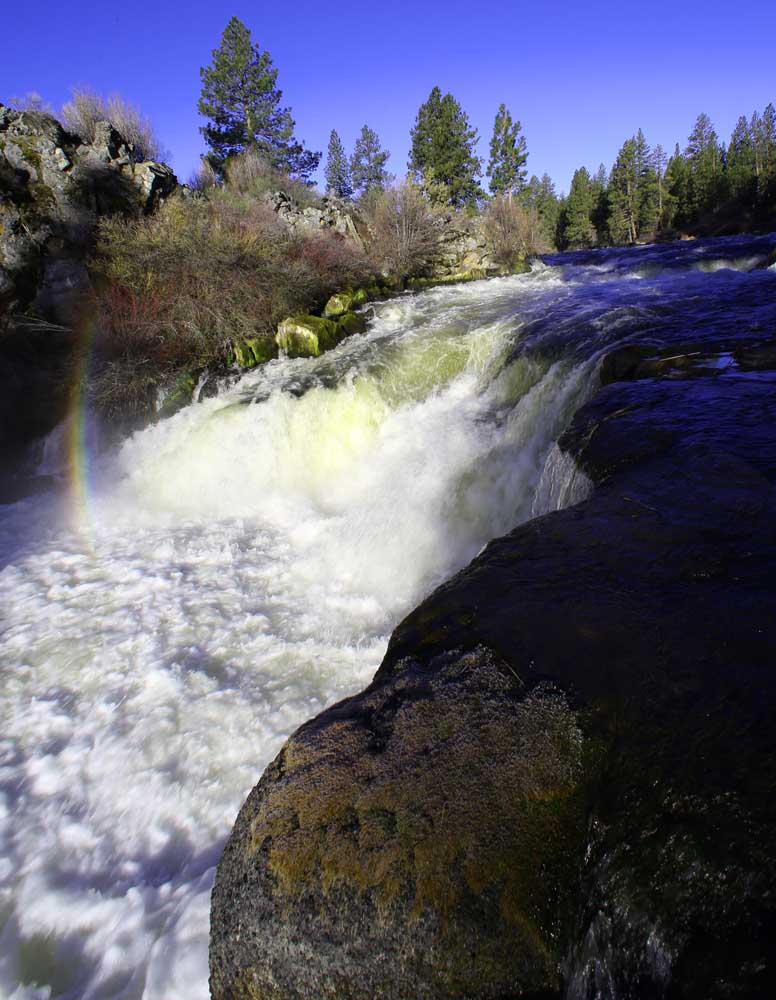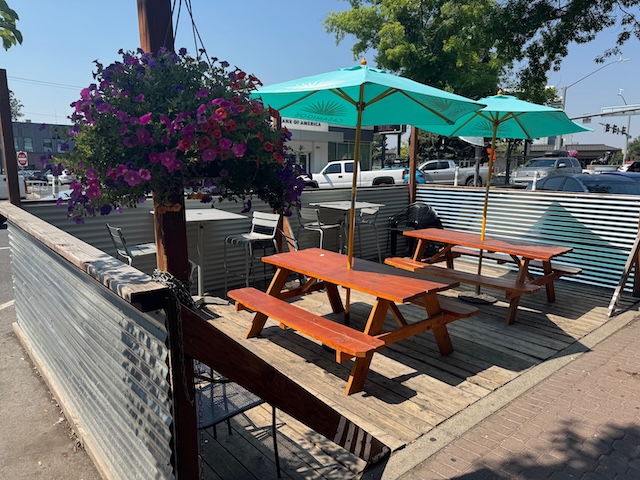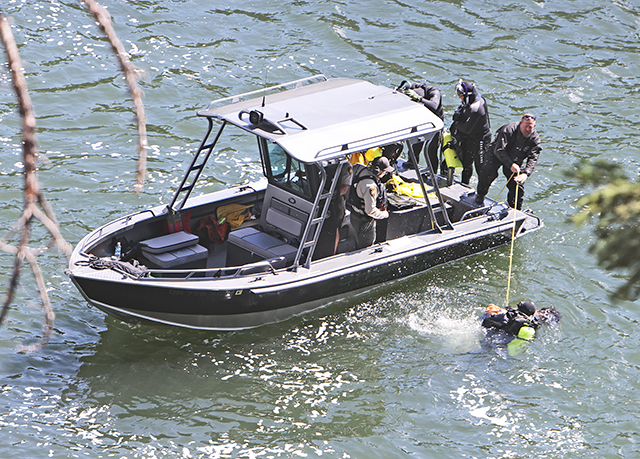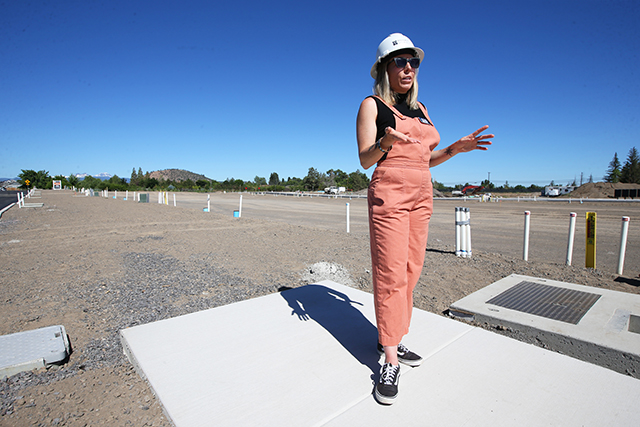Bend park district plunges into Deschutes River footbridge project
Published 1:07 pm Thursday, February 20, 2025
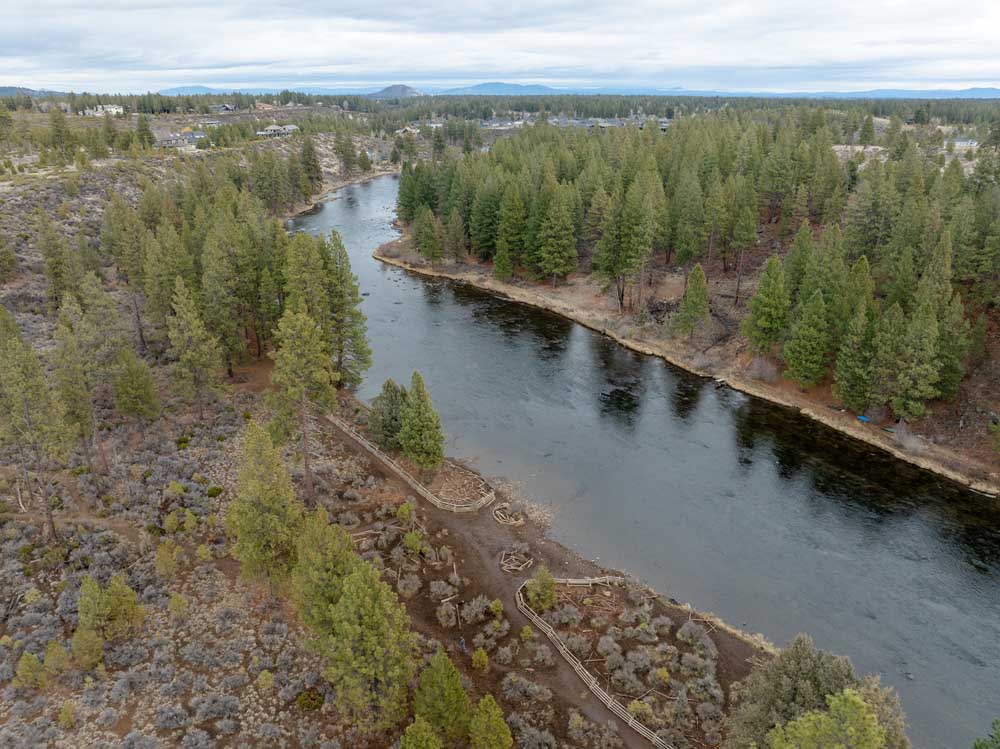
- This aerial view shows the proposed location for a footbridge across the Deschutes River in southwest Bend. The Good Dog off-leash area is at the left of the photo and Pilot Butte can be seen in the distance.
The Bend Park & Recreation District will explore new options for building a footbridge over the Deschutes River in southwest Bend, pushing forward on a controversial project that’s divided the community for years with hopes closer study will find solutions to thorny environmental and regulatory hurdles.
The pedestrian bridge was first proposed more than 10 years ago. But because of its tendency to evoke backlash, the project was never given a full engineering or feasibility study, leaving officials and the public without practical plans, but with plenty of room for speculation and misinformation.
Trending
Members of the Bend Park & Recreation District’s Board of Directors said at a meeting Tuesday evening that the upside of a new footbridge spanning the Deschutes was worth spending more time and money to see if the project could be possible.
“I feel an obligation to our public to move forward with something,” said Board Chair Jody Barram. “I feel a commitment to investigate more.”
The board directed staff to study new placements for the bridge other than the one already in mind. The suggested bridge location would span the river near the “Good Dog” trailhead in the Deschutes National Forest, about four-and-a-half river miles upstream of downtown, connecting to neighborhoods in Southwest Bend.
Staff estimates the fact-finding process will take eight to 14 months, cost $150,000 to $225,000 in consulting costs and consume 30% of the workload for one of the district’s full-time planners.
That will leave the district with a picture of where the bridge could actually go, what it might look like, how much it could cost and what permits would be required.
“It’s an important step forward,” said Royce Kallerud, director of Connect Bend, a group formed in 2019 to advocate for the footbridge. “Getting good information is the only way this should move forward.”
Trending
The vision for the bridge is to connect the growing number of residents in southwest Bend with miles of trails and public lands west of the river. Kallerud and other supporters have promoted a host of benefits tied to the footbridge, including better access to forest lands and reducing miles traveled by car, along with the potential for coinciding river restoration projects.
“There’s just so many potential positives here,” said Bob Ratcliffe, a retired recreation manager for the National Park Service.
The footbridge has been included in park district plans since 2012, when voters approved a bond measure that included the bridge in the project list. After years of the public battling over the project, the park board shelved the plans in 2019 and resolved that they would not continue until “the district, other agencies and the broad community share a vision” on how to proceed.
But the bridge proposal has refused to die. And since a January 2024 survey administered by the park district showed 70% of people responding supported the bridge, board members have edged back to the project, saying they feel public support is too strong to ignore.
“Why does Bend Park & Rec continue to consider this? Because our constituents demand it, that’s why,” said board member Nathan Hovekamp Tuesday.
But the district is far from achieving the cooperation with other agencies on which the bridge proposal hinges in its current form. Since the board opted to reapproach the project in July, parks staff met with U.S. Forest Service Officials in attempts to clear a regulatory hurdle restricting the footbridge from being built on Forest Service land at the proposed location. Henry Stroud, principal planner with the park district, told the board Tuesday that there have been no changes to the prohibitive regulations and the agency doesn’t plan to change them anytime soon.
He said parks staff sees no viable option for constructing the bridge on Forest Service land.
Stroud also said staff met with the Oregon Parks and Recreation Department, the agency in charge of the state’s scenic rivers program, which covers the Upper Deschutes Canyon and prohibits building bridges on designated waters.
The only workaround could be if a willing landowner applies for an exemption to the rule, Stroud said. The park district has tried that avenue in the past without success.
Advocates have pointed to examples from around Oregon where footbridges have been built over rivers designated as wild and scenic. But there are only two rivers in Oregon — the Upper Deschutes and the Metolius — with a special “no bridge” provision baked into their management plans, according to Erik Fernandez, a public lands advocate with environmental group Oregon Wild.
“It’s never a good idea to weaken public lands protections, but when our environmental protections are under such attack at the national level … let’s not do more of that here in Central Oregon,” he told the board Tuesday.
Another way to escape those rules would be to build the bridge further downstream, closer to town. The state’s waterway designation ends about a mile from another footbridge.
Alternative locations were assessed in 2015 by an advisory committee. The committee picked out five potential bridge placements and corresponding alignments, and ultimately recommended the bridge be built on Forest Service land at the edge of the city limits, a location that now seems highly unlikely.
But development in southwest Bend has changed the area dramatically since then, Stroud said, and the new assignment from the board gives planners a chance to reevaluate.
“The lack of detailed information does make it pretty hard to have really meaningful conversation with the Forest Service, with stakeholders and the public because we’re just talking about the project in these general terms,” Stroud said Tuesday. “There are still many, many unanswered questions about the project’s feasibility, constructibility and exactly what permitting requirements are in play,” Stroud said.


